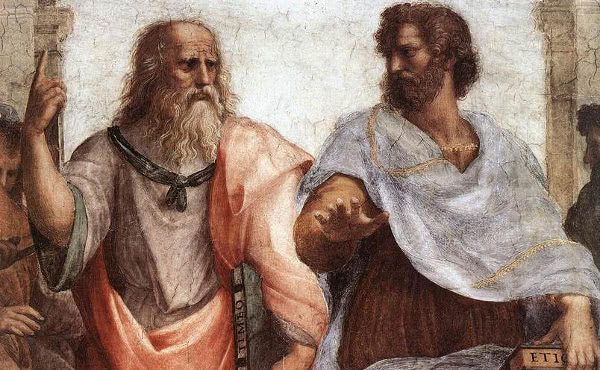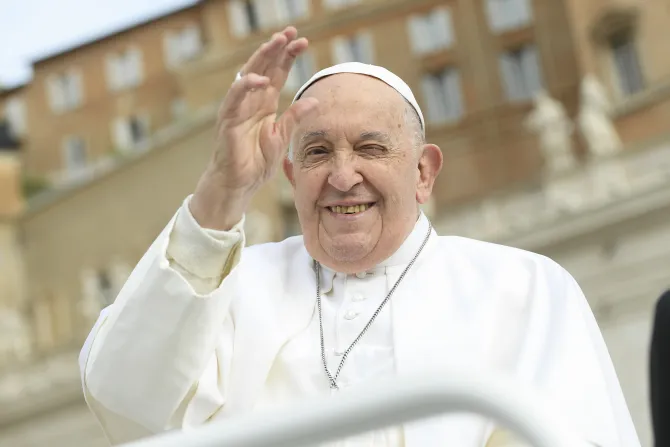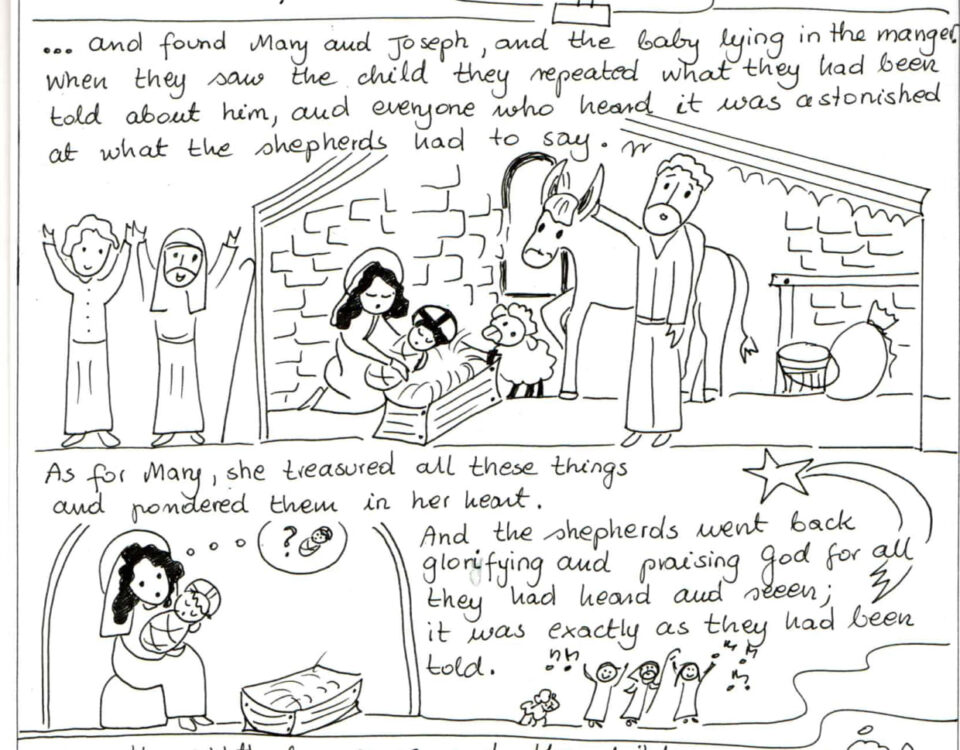Divine Retreat Centre UK – Official Website
“Experience the joy of the presence of God”
February 27, 2023Catholic Apologetics: Are Catholics fanatical about their belief in purgatory?
March 25, 2023What is Lent? What is conversion, and how can we express our desire for it? Here are some frequently asked questions about Lent to help enter into the meaning of the liturgical season more deeply.
1. What is Lent? When did the Church start to observe the season of Lent?
Lent is the period of forty days in which the Church prepares for Holy Week and Easter. Since the fourth century, it has been observed as a time of penance and renewal for the whole Church, with fasting and abstinence.
“By the solemn forty days of Lent the Church unites herself each year to the mystery of Jesus in the desert.” (Catechism of the Catholic Church, 540) The Church sets before us the example of Christ in the desert, so that with him we can prepare for the celebration of Passiontide and Easter by purifying our hearts, taking our Christian life more seriously, and practicing penance.
Lent begins with Ash Wednesday, which falls on different dates from year to year (between February 4 and March 10) according to the movable date of Easter.
2. When does the time of Lent begin and end? What are the days and times of penance? What should be lived during Fridays of Lent?
Lent begins on Ash Wednesday and finishes just before the Mass of the Lord’s Supper on Holy Thursday. The seasons and days of penance in the course of the liturgical year (Lent, and each Friday in memory of the death of the Lord) are intense moments of the Church’s penitential practice. (Code of Canon Law, 1250). These times are particularly appropriate for spiritual exercises, penitential liturgies, pilgrimages as signs of penance, voluntary self-denial such as fasting and almsgiving, and fraternal sharing (charitable and missionary works). (Catechism of the Catholic Church, 1438)
In memory of the day when Jesus Christ died on the holy Cross, “Abstinence from meat, or from some other food as determined by the Episcopal Conference, is to be observed on all Fridays, unless a solemnity should fall on a Friday. Abstinence and fasting are to be observed on Ash Wednesday and Good Friday.” (Code of Canon Law, 1251).
3. What is Ash Wednesday? When did the custom of giving ashes start? When are ashes blessed and given? Where do the ashes come from? What do they symbolize?
Ash Wednesday is the beginning of Lent, and it is an especially penitential day, when Christians manifest their personal desire to be converted to God. The imposition of ashes is an invitation to live throughout Lent a conscious and intense sharing in the Paschal Mystery of Jesus, in his Cross and Resurrection, by taking part in the Eucharist and living a life of charity. The imposition of ashes originated in early forms of canonical penance. It began to be extended to all Christians in the tenth century. The Ash Wednesday liturgy preserves elements of this long-standing tradition in the imposition of ashes and the strict fast.
The blessing and imposition of ashes takes place at Mass, after the homily. In special circumstances it may be done within a celebration of the Word. The prayers for the imposition of ashes derive from Scripture: Genesis 3:19 and Mark 1:15. The ashes come from the palm branches which were blessed on Passion (Palm) Sunday the previous year, following a tradition that goes back to the twelfth century.
In the imposition of ashes, the priest traces a cross on the forehead of the faithful, while repeating the words, “repent and believe in the Gospel” or, “remember that you are dust and to dust you shall return,” to remind us that our final place is Heaven.
The use of ashes to symbolize penance is ancient: the Jews, for example, used to cover themselves with ashes when they offered sacrifices, as did the Ninevites. The prayer of blessing the ashes makes reference to the sinful condition of those who will receive them. The ashes symbolize the weak and transitory state of our life on earth, as we journey towards death; the fact that we are sinners; our ardent supplication for God to come to our help; and the Resurrection, since we mortals are destined to share in Christ’s triumph.
4. What does the Church invite us to do in Lent?
The Church invites the faithful to make the time of Lent into a sort of spiritual retreat, backing up our efforts to pray by our efforts to offer personal mortification and penance; the penances proposed by the Church are the bare minimum, to which we can, freely and generously, add more.
If we live through Lent well, it prepares us for a genuine, deep personal conversion, so that we will be ready to take part in the greatest feast-day of the Church’s year: Easter Sunday, the day of the Resurrection of the Lord.
5. What is penance? In what ways is penance expressed in Christian life?
Penance, the Latin translation of the Greek word metanoia which in the Bible means conversion (spiritual change) of the sinner. It designates a whole set of interior and exterior acts directed toward the reparation of the sin committed, and the state in which sin has left the sinner. Literally, it means “change of life,” and it is the act of the sinner who returns to God after having turned away from Him, or of the unbeliever who finds faith.
“The interior penance of the Christian can be expressed in many and various ways. Scripture and the Fathers insist above all on three forms, fasting, prayer, and almsgiving, which express conversion in relation to oneself, to God, and to others. Alongside the radical purification brought about by Baptism or martyrdom they cite as means of obtaining forgiveness of sins: effort at reconciliation with one’s neighbor, tears of repentance, concern for the salvation of one’s neighbor, the intercession of the saints, and the practice of charity ‘which covers a multitude of sins’ (1 Peter 4:8). (Catechism of the Catholic Church, 1434)
These and many other forms of penance can be practiced in the daily life of a Christian, particularly during the time of Lent and on the penitential day of Friday. (Compendium of the Catechism, 301)
6. What is conversion? Why do baptized Christians need to be converted?
Conversion means being reconciled to God, turning away from evil, to re-establish our friendship with our Creator. It means repentance for and Confession of all our sins, including each of our mortal sins. When we have been restored to a state of grace (with no mortal sin on our consciences), we must resolve to change from within, to change our attitude towards everything that displeases and offends God.
Christ’s call to conversion continues to resound in the lives of Christians. This second conversion is an uninterrupted task for the whole Church who, “clasping sinners to her bosom, [is] at once holy and always in need of purification, (and) follows constantly the path of penance and renewal” (Lumen Gentium, 8). This endeavour of conversion is not just a human work. It is the movement of a “contrite heart” (Psalm 51:19), drawn and moved by grace to respond to the merciful love of God who loved us first (cf. 1 John 4:10). (Catechism of the Catholic Church, 1428)
7. How can I express my desire for conversion?
We can express our desire for conversion in lots of different ways, but always including deeds of conversion, such as: going to the Sacrament of Reconciliation (the Sacrament of Penance, or Sacramental Confession); overcoming divisions; forgiving others; deepening our spirit and practice of fraternity; practising the Works of Mercy.
8. What are Catholics obliged to do for Lent? What do fasting and abstinence consist of? What is the point of it?
Catholics have to fulfill the commandment of the Church to fast and abstain from meat (Compendium of the Catholic Church, 432: on the days established by the Church), as well as to make their annual Confession and Communion. Fasting consists of having only one meal on that day, although it is permitted also to eat a lesser amount than usual in the morning and evening. Except in the case of sickness, the commandment to fast applies to all those who have reached the age of eighteen until the beginning of their sixtieth year (Code of Canon Law, 1252). Abstinence means not eating meat or meat products. The law of abstinence binds those who have completed their fourteenth year (ibid.). The conference of bishops can determine more precisely the observance of fasting and abstinence, as well as substitute other forms of penance, especially works of charity and exercises of piety, in whole or in part, for abstinence and fasting (Code of Canon Law, 1253).
We should take care not to practice fasting and abstinence trying to see how little we can do, aiming for the minimum, but rather as a concrete way in which our Holy Mother Church helps us to grow in the true spirit of penance. Jesus’ call to conversion and penance, like that of the prophets before him, does not aim first at outward works, “sackcloth and ashes”, fasting and mortification, but at the conversion of the heart, interior conversion. Without this, such penances remain sterile and false; however, interior conversion urges expression in visible signs, gestures and works of penance. (cf. Joel 2:12-13; Isa 1:16-17; Mt 6:1-6, 16-18). (Catechism of the Catholic Church, 1430)
In the New Testament, Jesus brings to light the profound motive for fasting, condemning the attitude of the Pharisees, who scrupulously observed the prescriptions of the law, but whose hearts were far from God. True fasting, as the divine Master repeats elsewhere, is rather to do the will of the Heavenly Father, who “sees in secret, and will reward you” (Mt 6:18).



